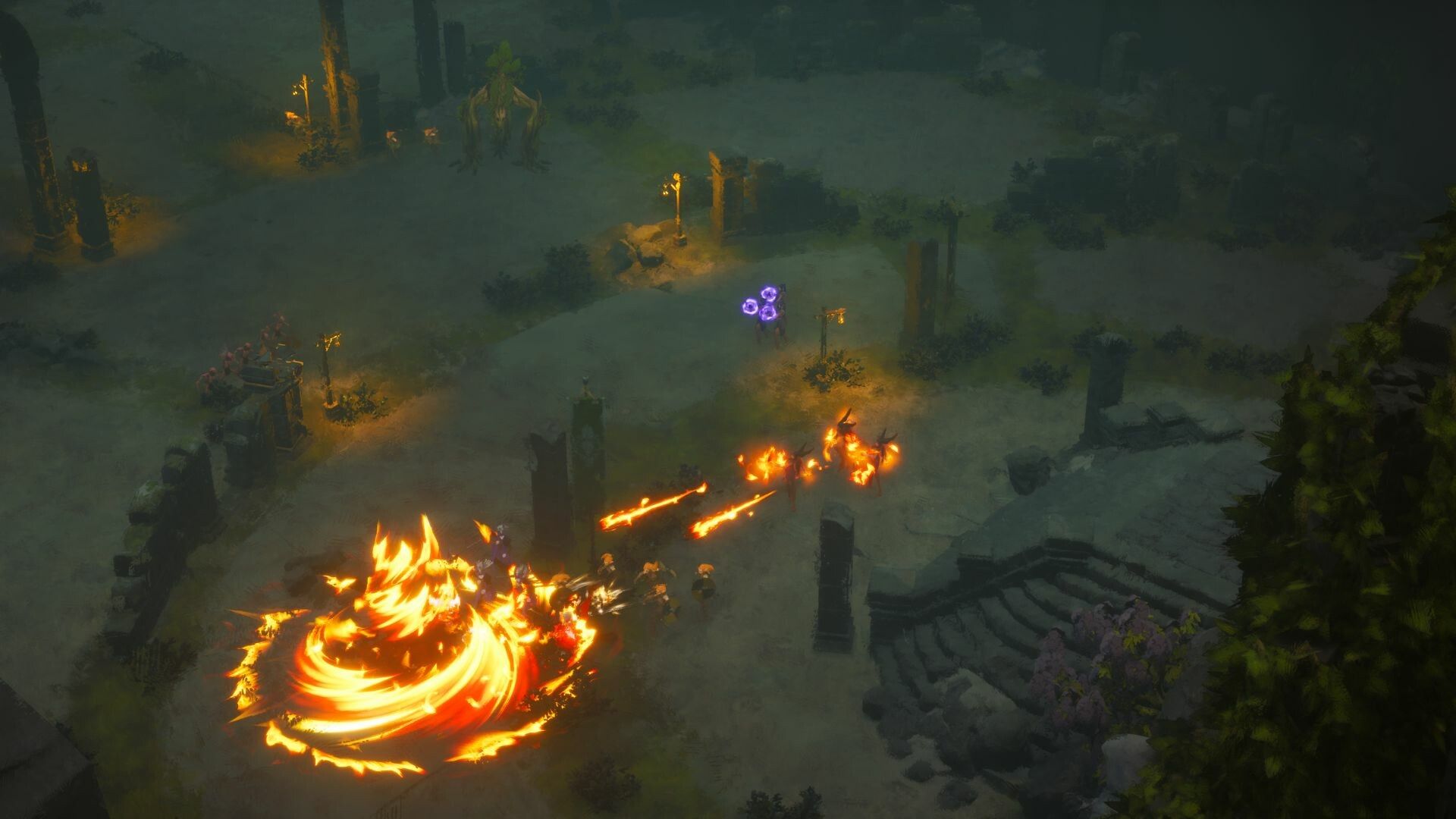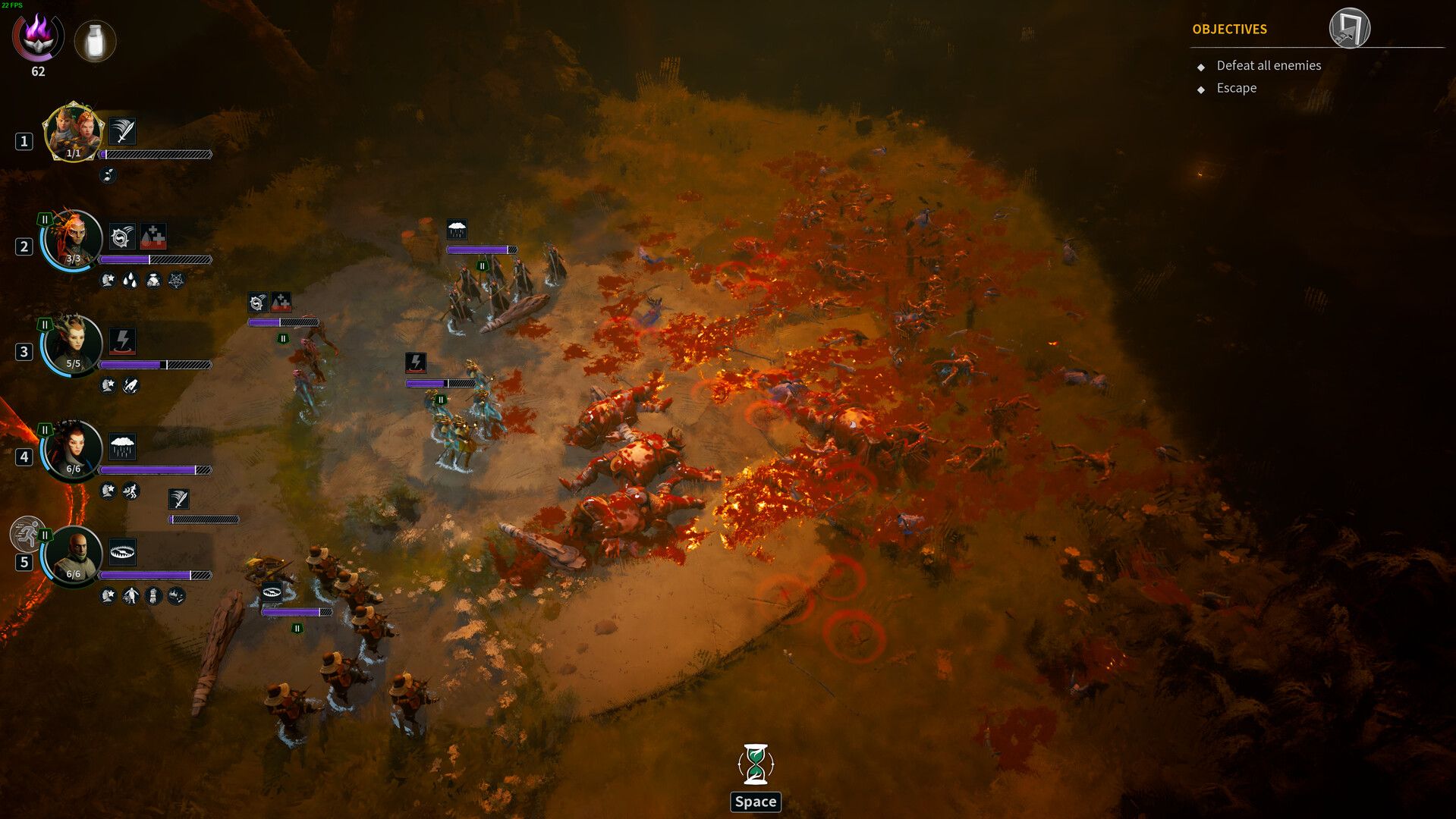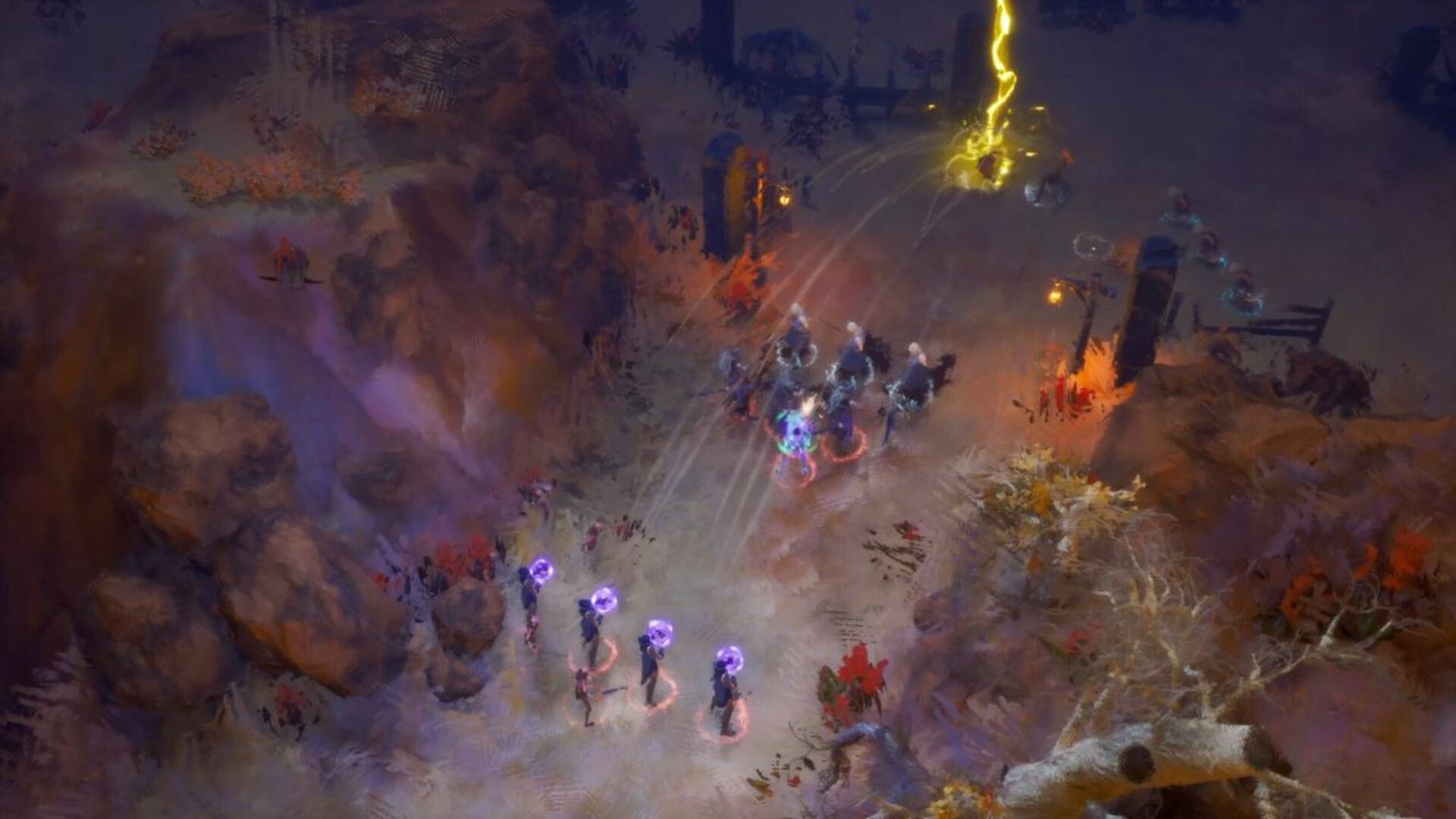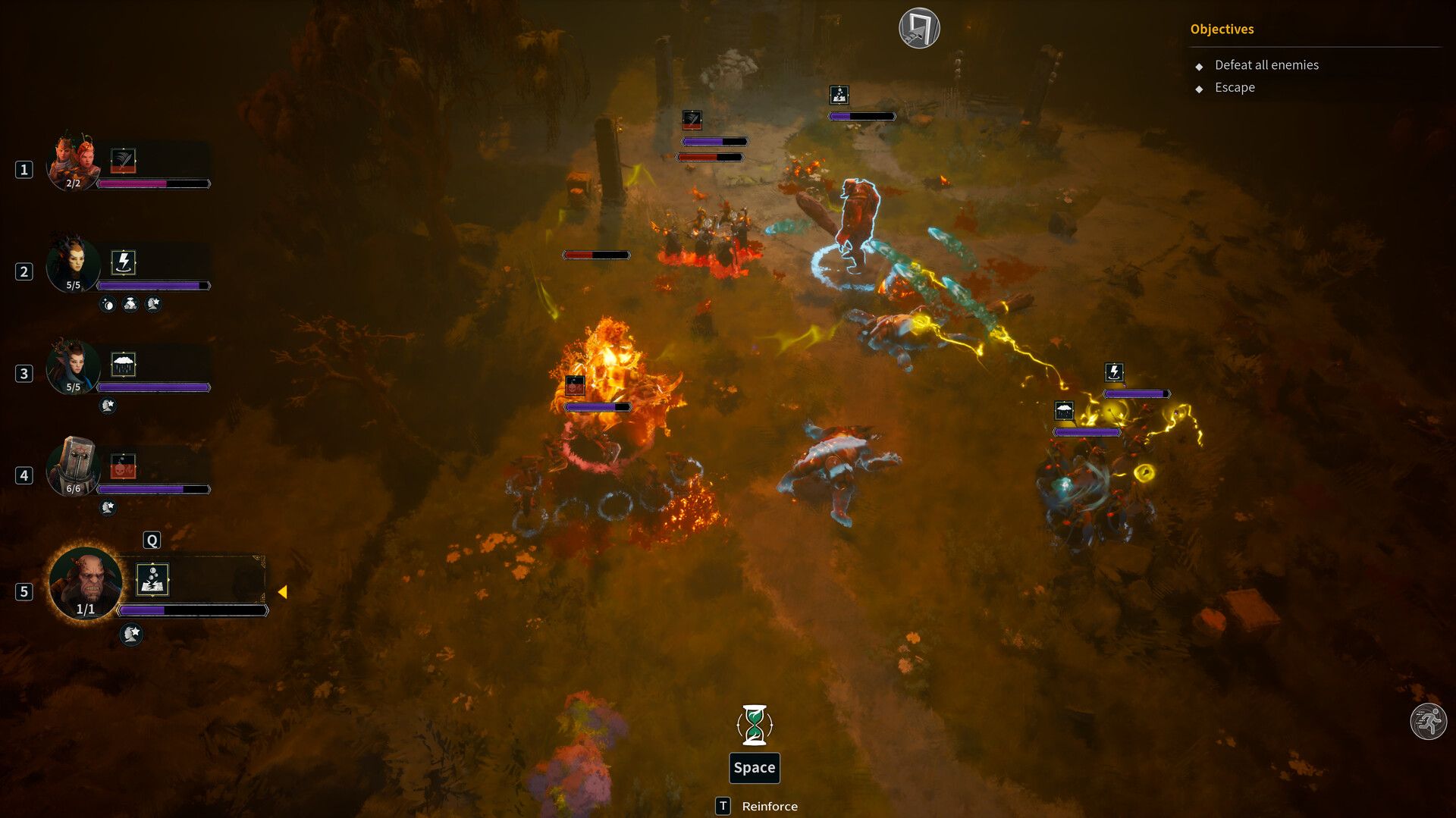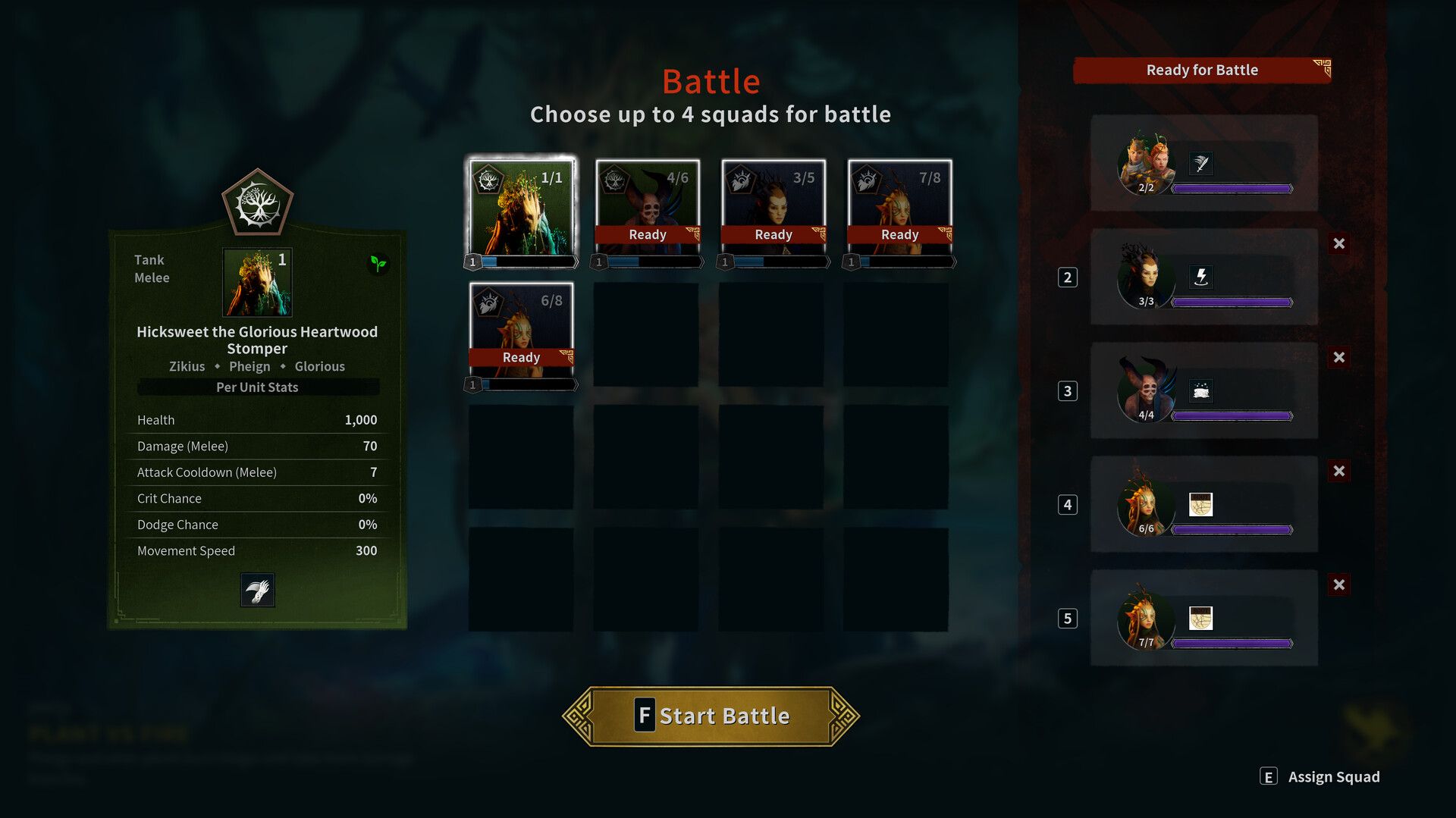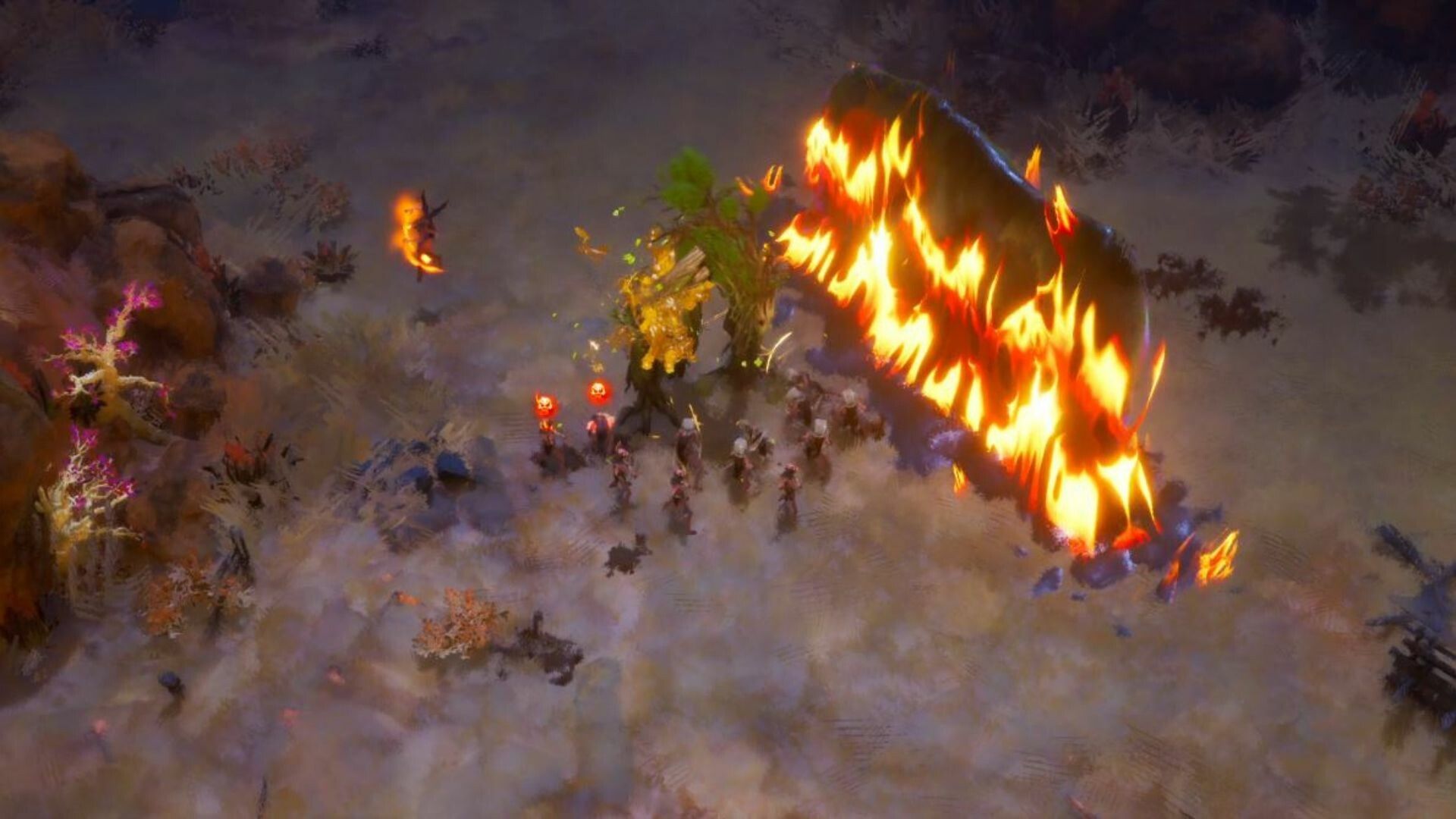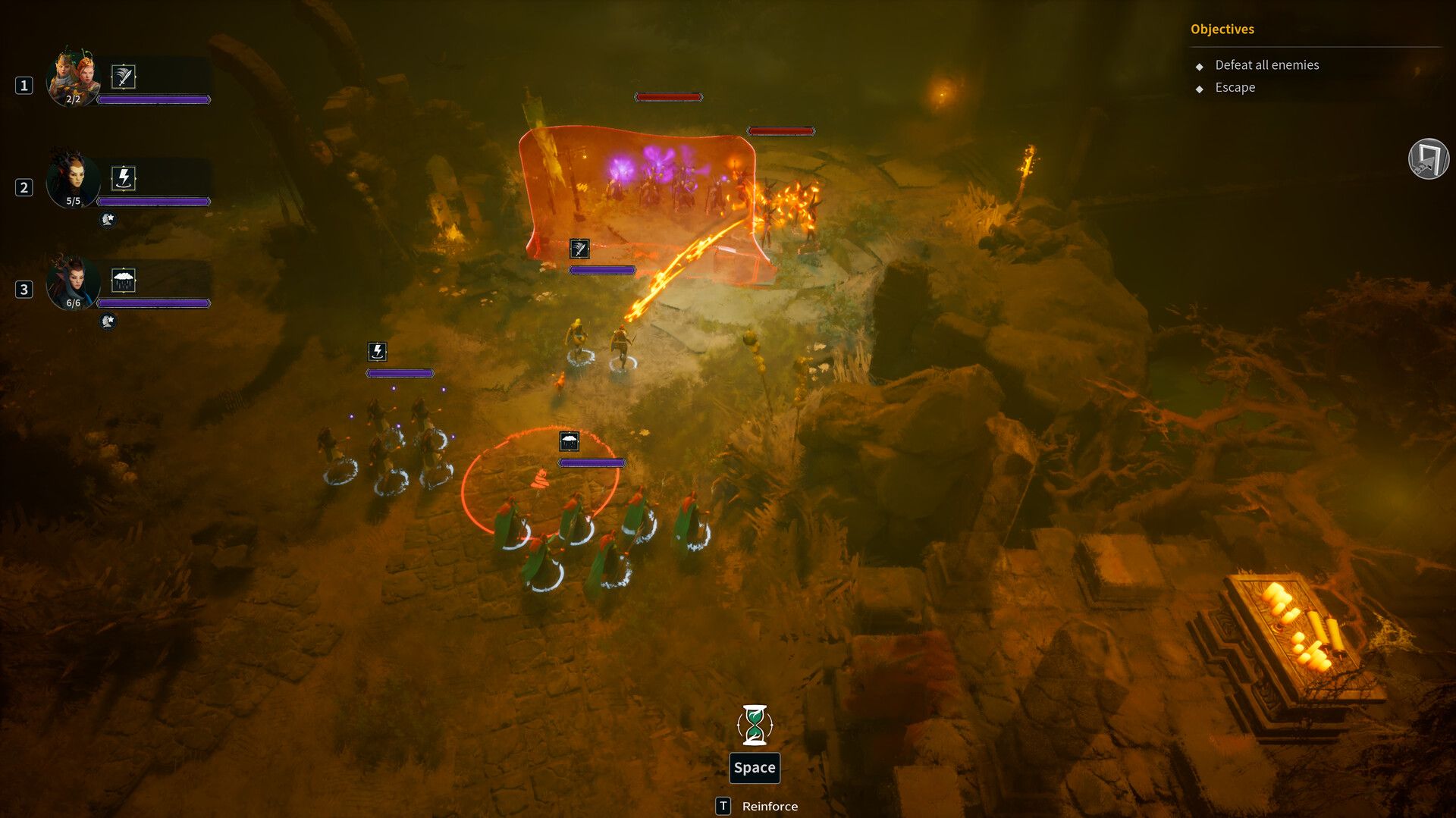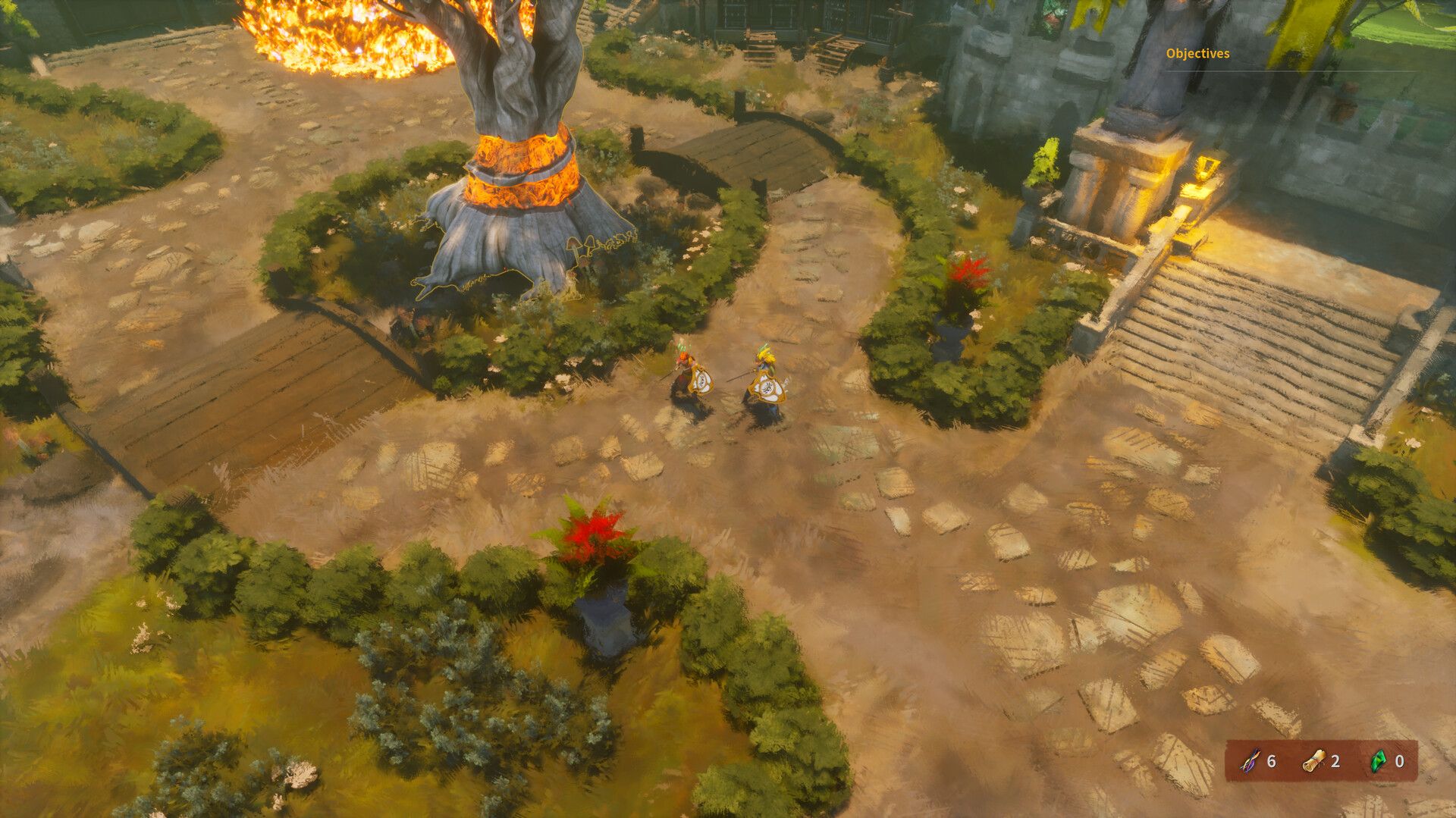Stray Kite Studios' Wartorn is a unique blend of two genres that rarely intersect: the visceral real-time strategy of classics like Myth combined with the addictingly replayable roguelite unpredictability of titles like Slay the Spire. In Wartorn, players command squads of fantasy-inspired units, which can be enhanced with a selection of roguelite upgrades that keep each run—and army—feeling fresh. It's not just the player's forces that change, though, as enemy compositions and random events also shake up the challenge from run to run.
Game Rant recently sat down with Stray Kite Studios Co-Founder Paul Hellquist—an industry veteran who served as Creative Director for Borderlands 2 and lead designer of BioShock—to discuss everything about Wartorn. Hellquist spoke about how the industry has changed over the past few decades, how his work on previous titles influenced the design of Wartorn, and the main ingredients that make up Wartorn's distinct identity. This interview has been edited for brevity and clarity.
How Borderlands and BioShock Influenced Wartorn
Game Rant: How has your design philosophy changed over the years? Are there things you used to adhere to that you no longer do?
I wouldn’t say that it has changed, but more that it has evolved. I’ve worked with a lot of great designers and directors over the years, and they have each added important elements to my design philosophy. It all started at Irrational, where I really learned about systemic game design and marrying narrative to gameplay. It evolved at Gearbox, where I learned the value of sheer entertainment. Today, I try to still use all I have learned while also empowering my team to express themselves within the boundaries of the vision we have for our games.
Game Rant: Of the games like Borderlands 2 and BioShock that you've worked on, which one stands out to you as one that you learned the most from?
It would have to be BioShock, as it was the first big AAA title that I shipped as well as the first original IP title that I worked on that made it to market. We were pushing a lot of boundaries with design, setting, and creative direction on that title that taught me a lot of lessons that I still use today.
Game Rant: How do you feel game design has changed since you got your start in the 2000s? On the other hand, is there anything that's been consistent throughout your career?
AAA has changed a lot since I started. Fidelity has skyrocketed, which in turn has actually reduced what games do today from a design standpoint. In the early days, you could do a lot more in the design because you didn’t have to show those ideas at the fidelity that AAA demands today. Players were expected to use their imagination more and connect with the intent of the designer more than the visuals we could provide. There have been many cool ideas scrapped from your favorite AAA games because the team couldn’t pull off the visuals of the idea to the standards of the rest of the game.
What has stayed consistent? Great games shine through, and the passion of the people who make them never ceases to amaze me.
Game Rant: You've worked on numerous first-person shooter games before Wartorn. Does Wartorn carry "DNA" from any of those games in particular, in terms of lessons learned or design principles?
For sure! I always take the lessons learned from BioShock about connecting your game mechanics to your narrative. For example, in Wartorn, there is a game mechanic where you can slow down the game action to give you more time to plan and react to the tactical action onscreen. It exists for gameplay and accessibility reasons. But for me, we needed to work it into the story. So, very early on, our heroes are gifted a mysterious hourglass that, when turned over, controls the flow of time, connecting a core mechanic of the game to our storytelling.
Borderlands learnings are also in the game, utilizing my experience with the loot of that title to influence how various resources and narrative moments should be controlled by our loot systems.
Game Rant: What were your design pillars for Wartorn? What were the main "ingredients" that you felt a roguelite strategy game needed?
Every game that I work on, we identify “Core Aesthetics” that we are trying to achieve. These are the emotions or feelings that we are trying to evoke in our players. For Wartorn, they are: Brutal, Intimate, and Clever.
As you can see, these are not mechanics. We start with the aesthetics and then design mechanics that will lead to player behavior (dynamics) that result in players feeling these aesthetics.
Brutal influenced the tone of many of the narrative events and other pieces of the story, as well as leading to things like gore and dismemberment, and the idea of trying to help refugees find new hope.
Intimate comes through in the relationship between our heroes, Yara and Elani, as well as their connections and yearning for their family. It also influenced how close the camera is during battles, how many squads we allow you to control, and why we name all of the squads.
Clever leads to the elemental combos and rogue-lite “builds” entering into the design to allow players to feel like they are finding loopholes in the game design to increase their potency.
Game Rant: How did the idea of Wartorn originally take shape? Was this something you've wanted to do for a long time?
It kind of evolved from a bunch of different angles. We had worked on a different version of the game for a while. It was multiplayer and free to play, and when we decided to dust it off, we realized we were doing some features because it was what we thought a publisher wanted instead of what we actually wanted to make. So we pivoted the whole design toward the rogue-lite tactics game. Our team loves rogue-lite games because of the consequences that every decision can have on the outcome, as well as the growth they provide – not only in gear and stats, but also in player skill.
We then went from there and started adding elements like a world ravaged by war to help contextualize all of the fighting, but we wanted to do something that wasn’t about the war itself, but about people surviving the war around them and trying to reunite their family. That eventually led us to the “Oregon Trail” inspired road-trip elements of the game, and suddenly, we realized we had something really different on our hands.
Game Rant: What was important to "get right" about Wartorn? Is there an aspect that's core to the game's identity?
Getting the visceral combat that we loved from Myth: The Fallen Lords was high on my list. I also wanted more intimate combat where I could grow my squads and come to feel like they have been on the journey and grown with me.
After that, the next element to get right is marrying the overworld storytelling portion of the game to the battles. To be honest with you, we are still working on this with the help of our community. I don’t think we have fully achieved our goals here yet, but that is a focus for us during this Early Access period. We are doing something really different and are learning as we go.
Game Rant: What did you find different about developing Wartorn versus other games you've worked on?
It is my first foray into designing a strategy game. I’ve been a lifelong player of them, but for whatever reason, my career thus far has mostly been in the action and FPS genres. So a lot has been different: new mindset for what is important, new points of view to wrestle with that I haven't used before, things like that. Thankfully, I have a great team and a bunch of them
have worked on strategy titles in the past, so I’ve been leaning on them in those areas to help me level up.
Wartorn's Roguelite Replayability
Game Rant: How did you approach Wartorn's replayability as a roguelite? What goes into keeping the game feeling fresh from run to run?
Taking nods from other titles, we have a lot of different resources to collect on a run and spend in different ways to level up your capabilities, whether it be the heroes’ weapons, spells, their family members, or improvements for your entire fighting force.
Next, there are the events and encounters that happen on the road. These happen in different orders, and you can get many different results from each of them. This encourages players to explore the events to learn all of the possible outcomes. The more knowledge you have, the better decisions you can make in the future.
Combat on maps plays out differently every time because the make-up of the enemy forces and the player’s caravan is different on each run.
While the overworld map layout doesn’t change, the routes you take on the road provide different opportunities. Every crossroads provides new choices for players to consider where to go.
All this said, I still think this is an area that we can continue to improve during Early Access.
Game Rant: Is there something about Wartorn that took considerable effort to pull off that players may not realize?
A couple of things: The painterly art style took a long time to develop the look and find something we liked, but that might be an expected thing.
I have focused a lot of my time on the narrative, and I do think that there is a lot more going on in it than players may realize. There are many times that you might be seeing a particular conversation because of the state of your game, which you may not realize because it just feels right in the moment. Other players may never see that scene, because they didn’t hit that moment with the same conditions you did, and instead got a different version of that scene.
Game Rant: Did you ever experiment with an idea or feature in Wartorn that wound up not making the cut?
We originally had the idea of units getting wounded on the battlefield, which was kind of like dying for the remainder of the battle, but then they would just take time in the caravan to recover before they were available to fight again. The whole feature was really hard to show people how it worked, and when a guy was really dead versus “dead for now,” so we cut it early on.
Months later, we were feeling that while we were playing, we were being too cavalier about the health of our units in the squads because everyone was at full health if they survived the battle. This was creating some weird play patterns that were not in the spirit of how we wanted players to think of their units. So we made unit health persistent after battles. If a troll loses half its health in a battle, it will be at half health in the wagon and take travel time to heal up. After we played with it, we immediately were like, “Duh. This was the correct design for wounding!”
Game Rant: What's next for you? Do you have future plans for Wartorn or ideas for more games?
Wartorn is in Early Access, and we are excited about continuing Yara and Elani’s story to its completion and continuing to improve the game on the road to 1.0. As for more games, we have a never-ending supply of ideas and have some prototypes we are really excited about. Stay tuned!
[END]
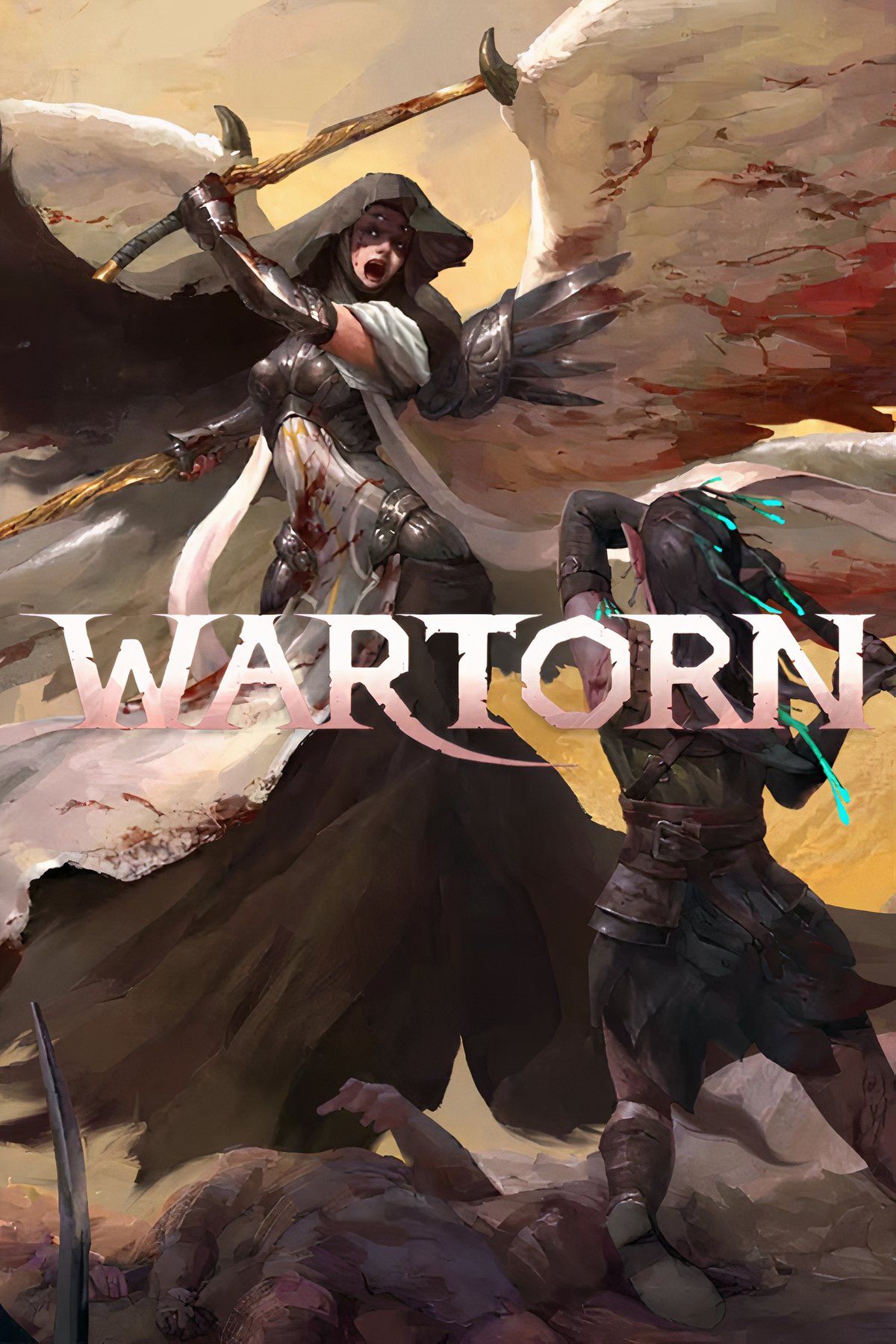
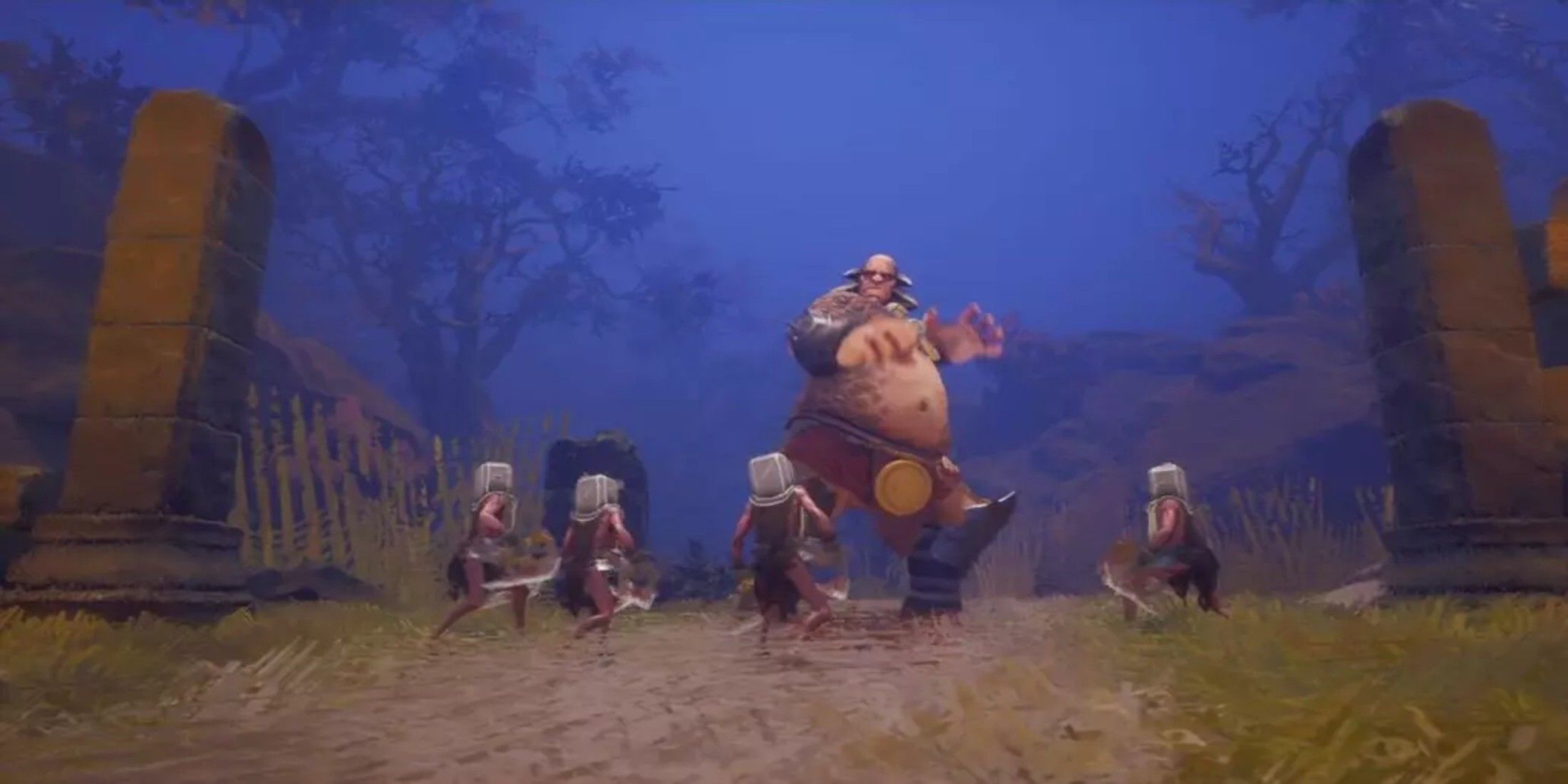
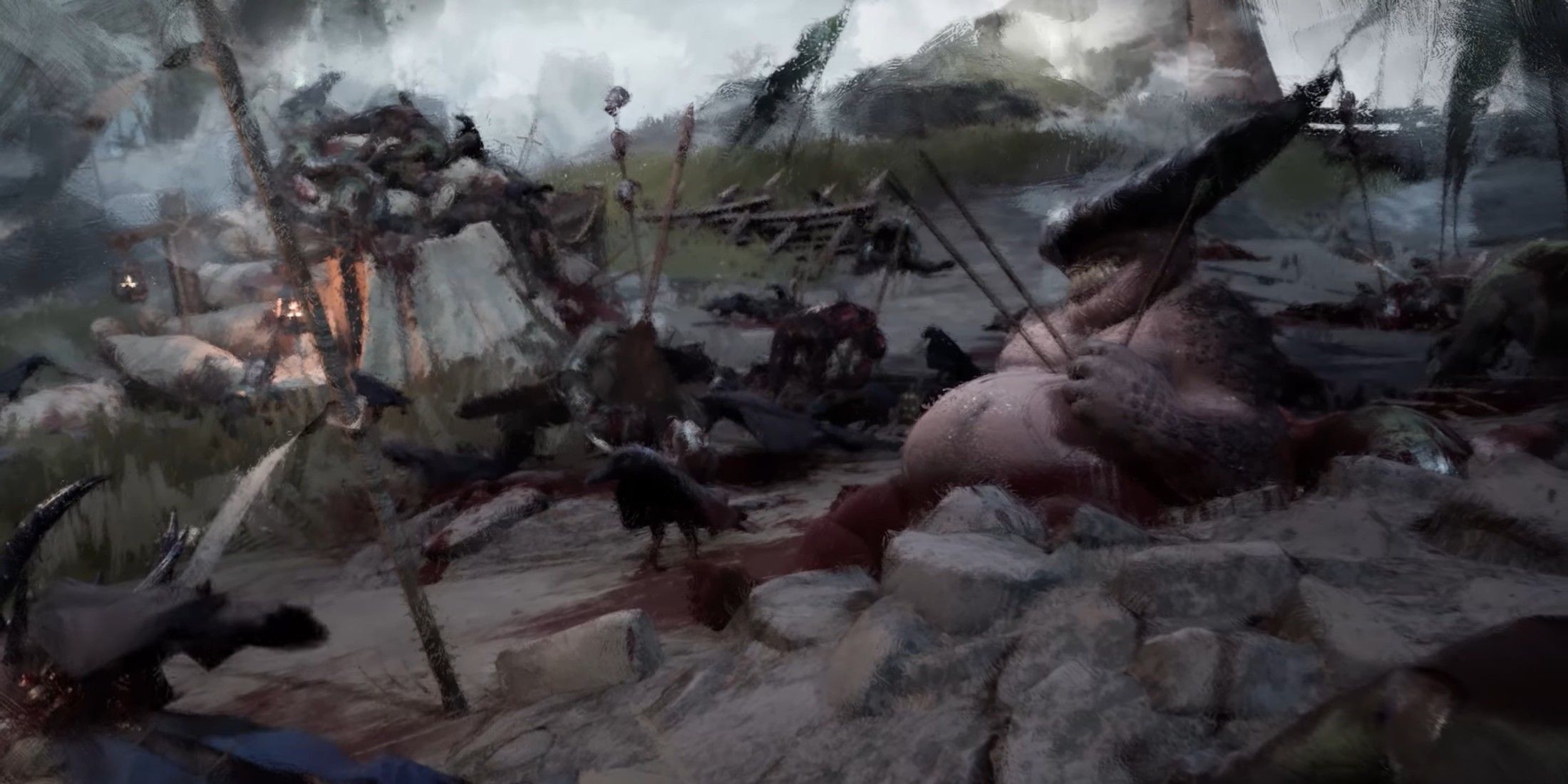
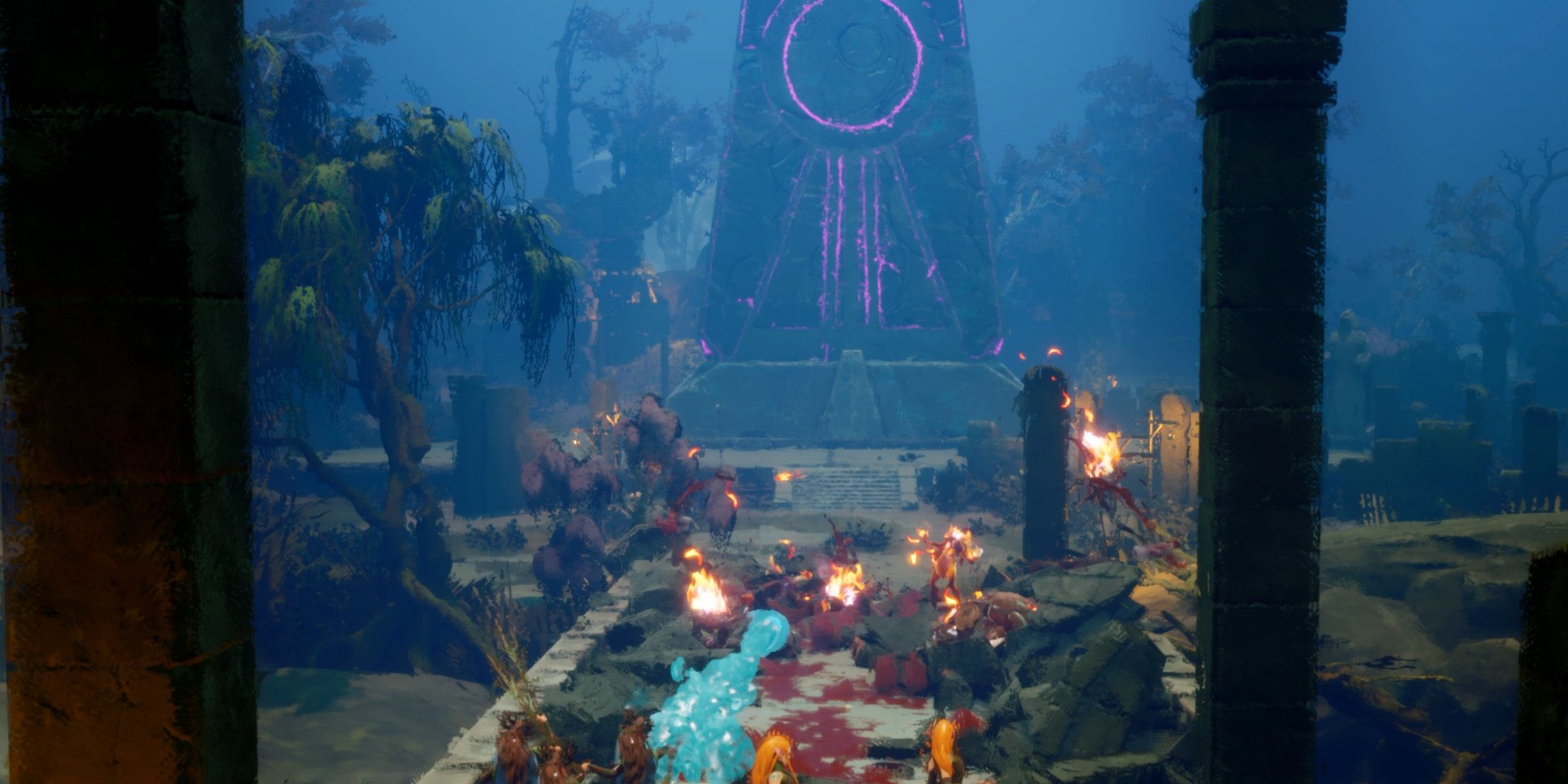

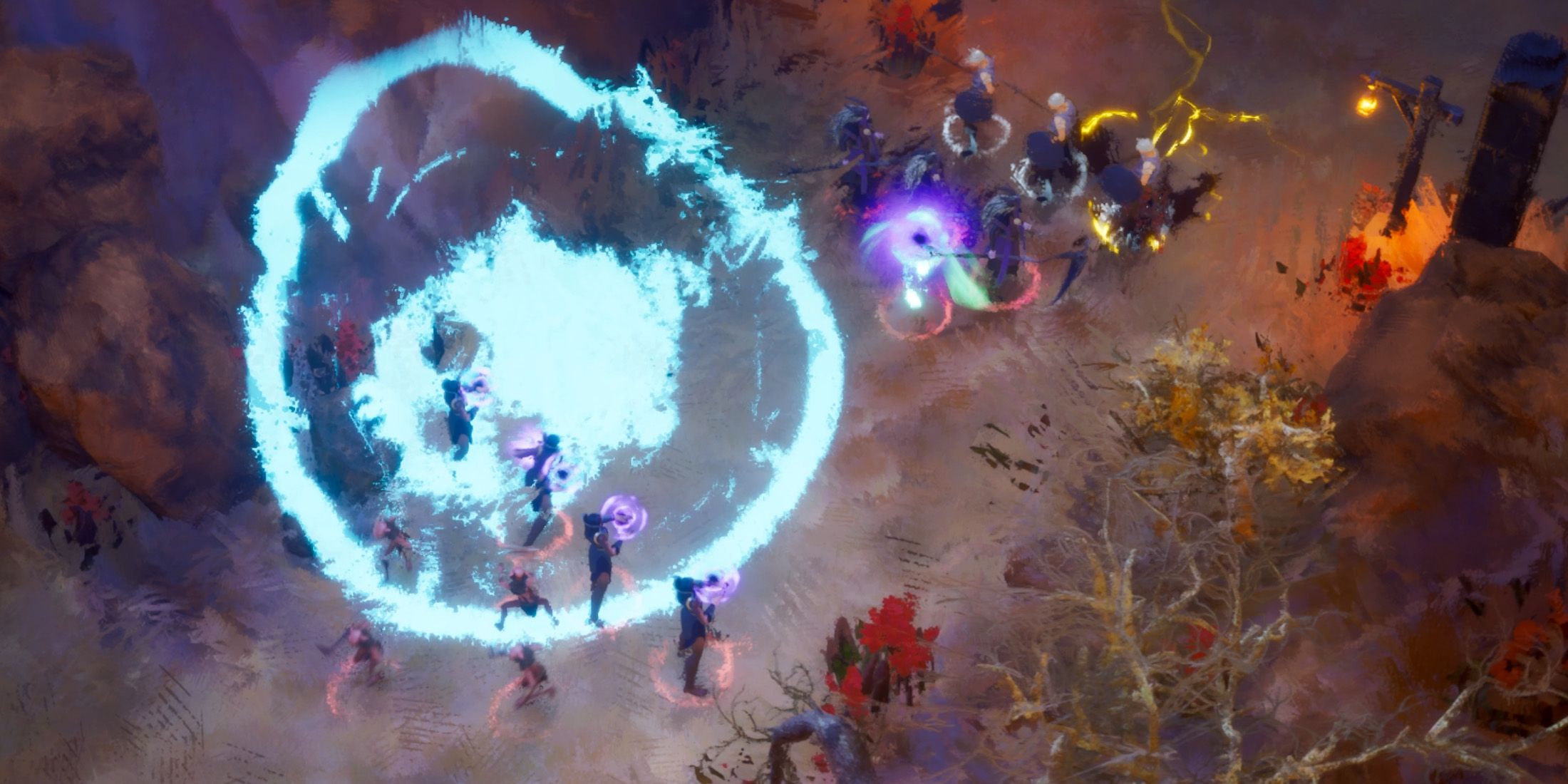
Wartorn
- Developer(s)
- Stray Kite Studios
- Publisher(s)
- Stray Kite Studios
- Early Access Release
- June 17, 2025



